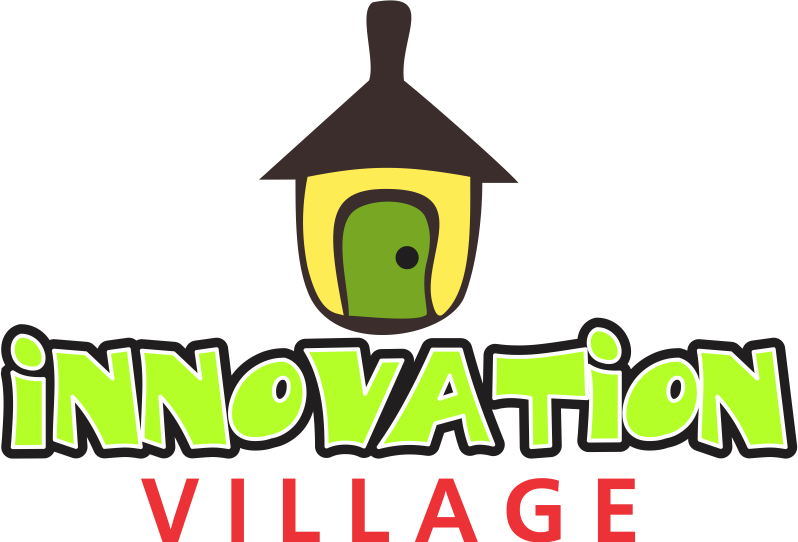Meta has unveiled its most ambitious leap in artificial intelligence to date with the launch of Llama 4, the latest in its open-source large language model series. More than just a model update, Llama 4 signals a strategic shift toward multimodal intelligence—AI that can understand and work across text, images, audio, and more.
The announcement, published on Meta’s AI blog, sets the stage for what Meta calls “a new class of AI agents” that are intelligent, context-aware, and built to collaborate with users across a range of tasks and environments.
For business leaders and technology decision-makers, this is a game-changer—offering enterprise-ready, open models designed to power assistants, automate workflows, and unlock new customer experiences.
A New Generation of Models: Meet the Llama 4 Family
Unlike previous releases, Llama 4 isn’t a single model—it’s a family of four specialized models designed for different types of interaction. Meta’s long-term vision includes a modular AI ecosystem made up of assistants that can reason, personalize, and scale.
Here are the four models in the Llama 4 lineup:
- Llama 4 Scout
A lightweight assistant built for quick, high-volume tasks like search, summarization, and simple interactions. Think of it as the fast responder for daily business operations. - Llama 4 Maverick
A more exploratory agent designed to help users discover new information, brainstorm, or ideate. It’s built for open-ended engagement and research-style assistance. - Llama 4 Behemoth
A massive, multimodal model trained with hundreds of billions of parameters. Behemoth is designed for complex reasoning, deep understanding, and fluid interaction across text, images, and eventually audio and video. - Llama 4 (7B)
The first released model in the Llama 4 series—a 7-billion parameter model that is now available open-source. It serves as a robust, versatile base for developers and enterprises to start building with.
Meta has already begun training larger versions of Llama 4 (including models up to 400B parameters), with public release expected later in the year.
Related story: Meta Unveils LlamaCon: Its Inaugural Developer Conference Focused on Generative AI
Why Multimodal AI Matters for Business
One of the defining features of Llama 4—and of Meta’s AI roadmap—is multimodal intelligence. In practical terms, this means AI systems that don’t just process text, but also understand and generate content from images, video, audio, and other types of data.
Imagine a single AI system that can:
- Read and explain documents,
- Analyze spreadsheets and charts,
- Interpret product images or designs,
- Understand voice commands,
- And generate content tailored to multiple formats.
This has powerful implications for industries such as:
- Retail: Visual product tagging, content generation, customer Q&A across media.
- Finance: Data summarization, risk analysis, and visual dashboard interpretation.
- Healthcare: Imaging interpretation, patient report analysis, and multimodal diagnostics.
- Marketing: Campaign creation across formats—from ad copy to visuals and scripts.
Llama 4’s architecture is specifically designed to enable this kind of seamless, multi-input/output intelligence.
Open Source at Scale: Why It’s a Strategic Advantage
A key differentiator of Meta’s AI approach is its commitment to open-source development. With Llama 4 (7B) already released and more models on the way, businesses can host, customize, and fine-tune models to suit their specific needs—without relying on closed APIs or third-party platforms.
This has several enterprise benefits:
- Data privacy and sovereignty: You can deploy models on your infrastructure and maintain full control over sensitive data.
- Customization: Fine-tune models on your domain-specific language or tasks, such as legal, medical, or financial terminology.
- Cost-efficiency: No need for per-token pricing or vendor lock-in; scale usage according to your infrastructure.
- Faster innovation: Build prototypes and products quickly, without negotiating access or usage terms from providers.
With open tools like Meta AI Studio, businesses can build their own assistants powered by Llama models, tailored to internal workflows, customer interactions, or frontline support.
Real-World Use Cases: Llama 4 in Action
Here’s how enterprises might use different Llama 4 models:
- Scout: Integrated into internal knowledge systems to provide quick answers, summaries, or document search for teams.
- Maverick: Used in R&D departments to assist in literature review, brainstorming, or content generation.
- Behemoth: Powering intelligent analytics platforms that understand dashboards, visuals, and cross-channel insights.
- Llama 4 (7B): Embedded into apps, bots, or portals as a general-purpose AI to automate help desks, generate reports, or support daily decision-making.
Meta’s integration of Llama into its products—such as Facebook, Instagram, and WhatsApp—offers a glimpse of its vision: real-time, assistant-driven interaction that feels intuitive, personalized, and helpful.
Building Infrastructure for the Future
To support Llama 4 and future models, Meta is building one of the world’s most powerful AI infrastructure stacks. This includes:
- Custom silicon like the Meta Training and Inference Accelerator (MTIA),
- AI-optimized data centers, and
- A growing library of open tools to help developers and enterprises build responsibly.
According to the company, training its largest models requires over a million hours of compute time—highlighting the scale and ambition behind the Llama program.
Looking Ahead: What to Expect Next
Meta is not stopping at Llama 4. According to its blog post, future releases will include:
- Even larger language models (up to 400B parameters),
- Fully multimodal capabilities (text, image, video, audio),
- Seamless memory and personalization for persistent assistants, and
- Responsible AI safeguards built directly into models and workflows.


